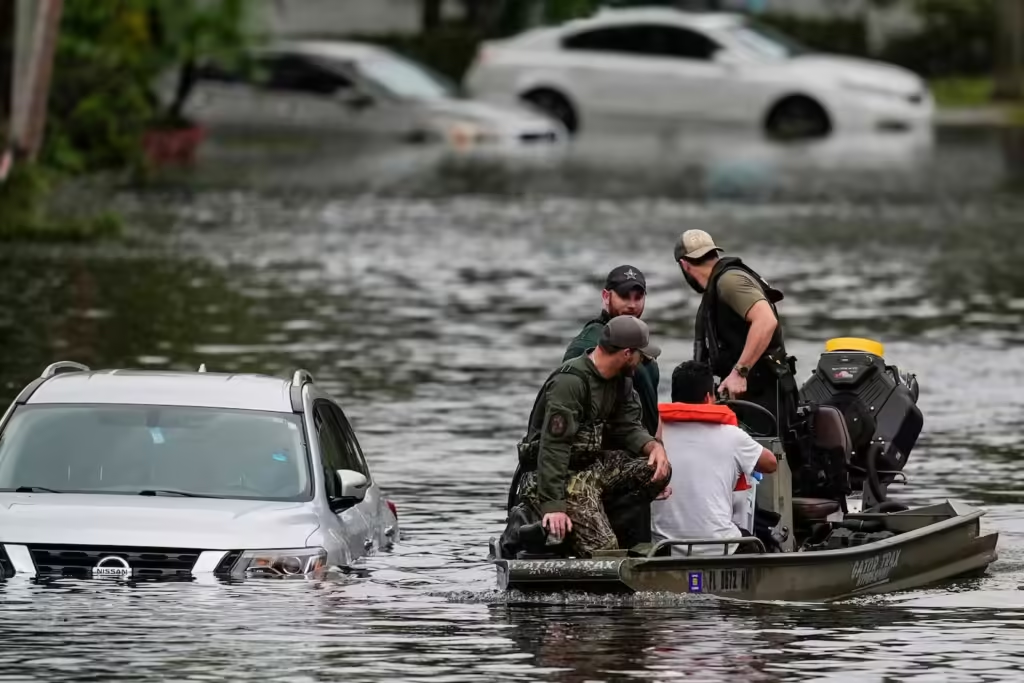“They out-coached us, they out-worked us, they out-played us. [Tracey] and [Barthelemy] gave us a few plays to give us a chance,” head coach Dana Altman said postgame.
Oregon found itself down four, staring down the barrel of what would have been among the worst losses in the Altman-era awaiting two TJ Bamba free throws with just 46 seconds remaining.
Bamba hit just one of those, and Portland broke Oregon’s press — a common theme throughout Tuesday’s matchup. This forced a foul and two made free throws from the Pilots’ Chris Austin to seemingly ice Tuesday night’s nail-biter.
That’s when Keeshawn Barthelemy stepped up to hit a quick three on the move and force this game to two points with 29 seconds left. Portland finally went 0/2 from the line, and Oregon had its chance.
Jackson Shelstad missed a jumper, resulting in a scramble for the ball and a wide open lane for Jadrian Tracey to tie it up and send it to overtime with two of his game-leading 19 points. Tracey scored five of those in overtime and led the team to a miraculous 80-70 comeback win.
“[Tracey] was phenomenal tonight. He played his butt off, and there was nobody more deserving of that bucket than him,” Barthelemy said.
The Ducks (3-0) rolled into Tuesday night after two resounding wins to begin the season. Their adversary, the Portland Pilots (1-2), limped into Eugene after losing by 41 at home on Saturday night.
The Pilots opened up the contest with a quick shot clock violation, which was the first of 16 turnovers for the visitors. Portland ran a 2-3 to begin the game, which Oregon took advantage of quickly, as the Ducks hit two of their first three attempts from deep.
But it was Oregon who shot itself in the foot first. A three minute stretch of no scoring mixed with several turnovers and lackadaisical defense gave Portland its first lead of the night at 9-8.
The Ducks shot just 27% in the first half, and after the first 15 minutes, they couldn’t hold up their strong defensive effort. Once Portland started hitting shots, it became incredibly difficult to bring the score back even.
“We came out lethargic and gave them a lot of confidence and easy baskets. I don’t know how many defensive assignments we messed up…we weren’t anywhere near locked in,” Altman said about the first half.
Oregon finished the half missing all of its last eight shots, but the Pilots did one better by going scoreless in the last three minutes of the opening frame. Nonetheless, Portland took an emphatic 31-23 lead at the half and crafted a mountain for Oregon to overcome in the second.
In the second, Portland went two minutes where it hit three straight threes, and in that same period, Oregon could only muster four points. All the Pilots needed to do was match the inefficient production of the Ducks to keep them at arm’s length.
At one point, Shelstad swooped into the backcourt for an electric steal, missed a layup, got the board, missed the layup, got the board, missed the layup and then Portland finally grabbed it. That stretch was made worse by the ensuing offensive possession leading to an easy post up on Shelstad in the low block for an open Portland layup.
“In the second half, they hit a couple threes, and we came down and tried to get it back with one pass and a three, no rebounders. Bad coached team. I’m watching that game and saying ‘who coaches that team?’” Altman said.
That almost defined the game for Oregon, but Oregon had attempts to get back into it throughout the latter half.
Those were short-lived, however, as the Pilots stole back all the momentum after a Vukasin Masic banked-in three from the logo as the shot clock expired with five-and-a-half to play.
It was all but lost when Barthelemy decided to step up. Barthelemy walked down the court and hit two spot up threes and a deep two to cut the lead to 63-59 with just over two minutes to play.
Oregon continued to try and press the Pilots and force bad decisions, but those never came. Portland’s intricately crafted press-break made Oregon’s attempts to come back futile.
“We started pressing and we started making them a little uncomfortable. They weren’t turning the ball over, but once you press people, they may not crack in the first ten minutes of the half, they may crack in the last four or five minutes,” Barthelemy said.
Futile until Oregon started surging yet again. In the last two minutes of regulation and the entirety of overtime, the Ducks played to their standard and didn’t let up. Oregon finally looked like the 25-point favorite the country thought it was.
The Ducks started the extra period on an electric 9-0 run, and they never came close to giving up that lead, taking what could have been a disaster and turning it into a 80-70 win.
With the help of leaders such as Barthelemy and Tracey, Oregon avoided what would have been one of the worst losses in recent memory.
“We gotta change some things,” Altman said.
The Ducks return to action Sunday afternoon and welcome the Troy University Trojans to Matthew Knight Arena.
The post Oregon avoids upset in overtime with 80-70 win over Portland appeared first on Daily Emerald.





